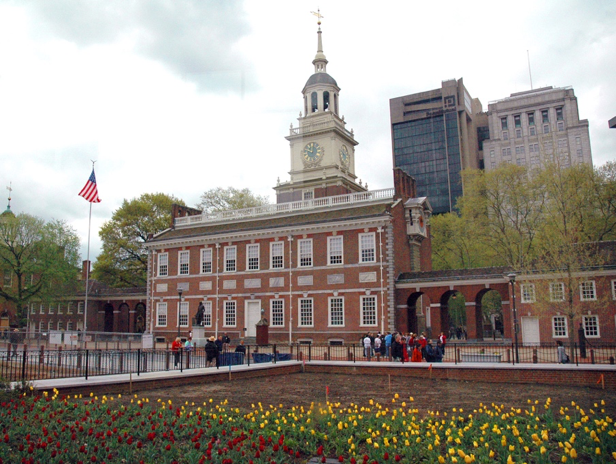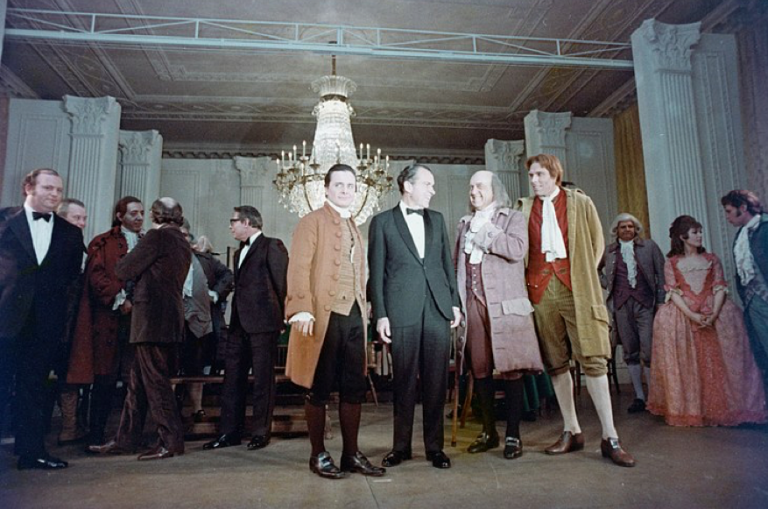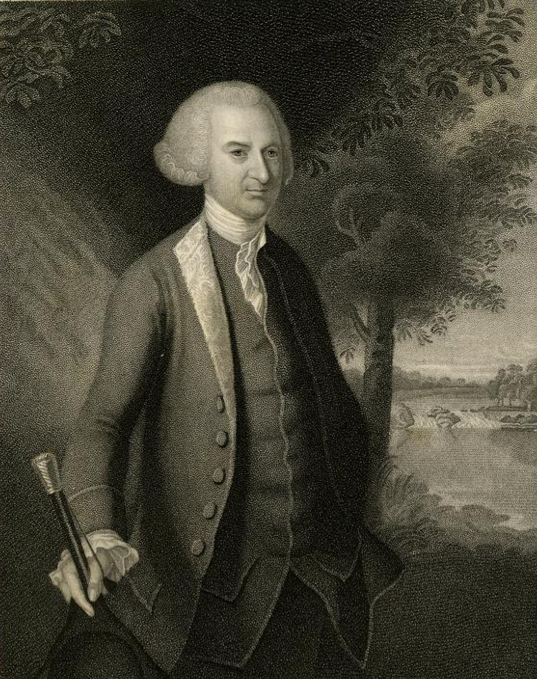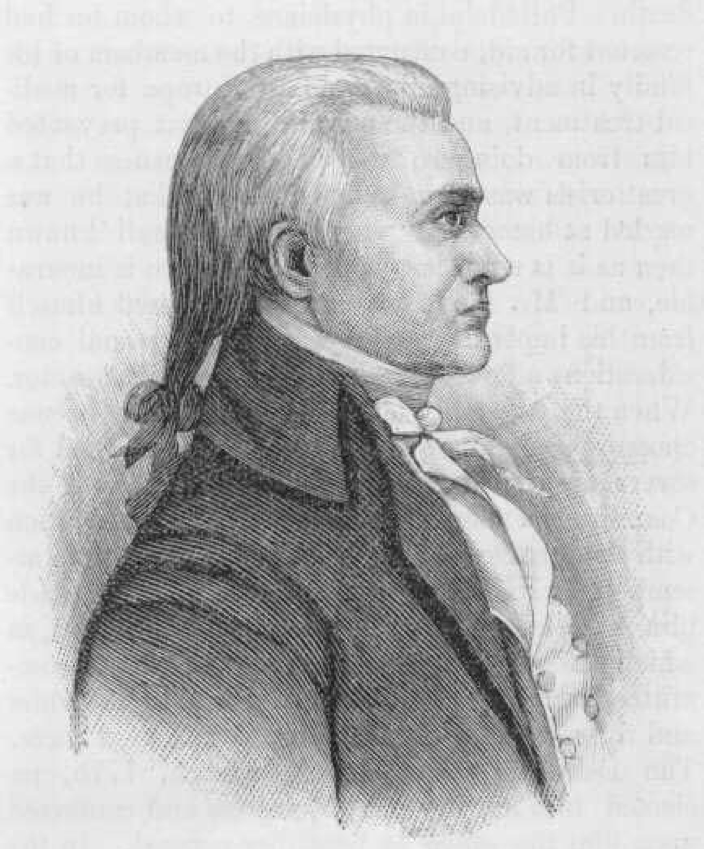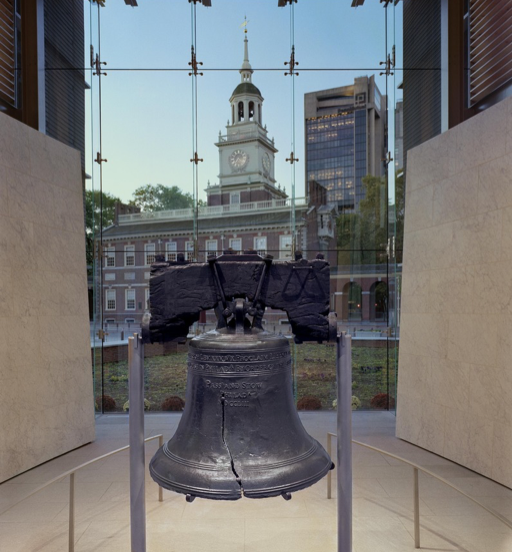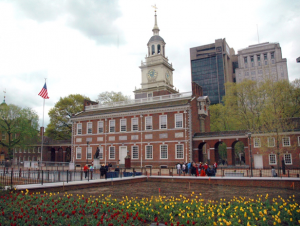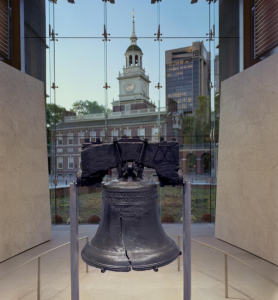1776
Essay
The story of American independence comes to life in the musical 1776, which dramatizes the debates, drafting, and signing of the Declaration of Independence by the Second Continental Congress. The musical, which debuted on Broadway in 1969 and became a film in 1972, highlights Philadelphia as the site of the fateful decisions made at the Pennsylvania State House (Independence Hall) and features the pivotal roles of delegates from Pennsylvania and Delaware.
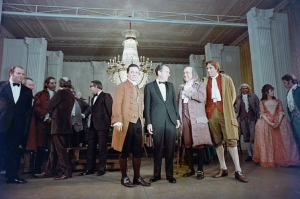
Created by composer and lyricist Sherman Edwards (1919-81) with book writer Peter Stone (1930-2003), 1776 depicts historical events from May 8 through July 4, 1776, with a sprinkling of dramatic license. Produced on the eve of the nation’s bicentennial, in the charged political climate of the 1960s and 1970s, 1776 showed how the nation began in conflict. The musical opens in Independence Hall’s Assembly Room with John Adams (1735-1826) complaining that Congress cannot come to an agreement on whether to separate from Great Britain. Frustrated, he states: “I have come to the conclusion that one useless man is called a disgrace, that two are called a law firm, and that three or more become a congress!” This sets the tone of fundamental disagreement, which becomes evident as Virginia’s Richard Henry Lee (1732-94) proposes independence. Dickinson , from Pennsylvania, moves to indefinitely postpone this notion. At first, five colonies vote in favor of debate while five vote against, as New Jersey is absent and New York abstains. Rhode Island’s vote is delayed, but the notion is passed after their vote of “yea” is ultimately heard. Adams then seeks to buy time by calling for postponement until a written Declaration of Independence can be prepared. The president of the Congress, John Hancock (1737-93), agrees and breaks the tie to favor postponing. Thomas Jefferson (1743-1826) is then nominated to write the Declaration, despite missing his wife and claiming he is unable to concentrate without her. The film version of 1776 shows Jefferson walking up the stairs to his rented rooms at Seventh and High (Market) Streets to write, play the violin, and spend time with his wife, which enabled him to successfully write.
The Slavery Issue
Jefferson’s draft, when completed, triggers additional disagreements, including conflict between North and South over whether the text should denounce King George III’s responsibility for the slave trade—a reminder that the roots of racial tensions run deep in American history. After Jefferson’s words against slavery are removed, South Carolina, North Carolina, and Georgia join northern and middle colonies in voting “yea” on Lee’s resolution for independence on July 2. New York abstains (“courteously”), and Pennsylvania passes at first but ultimately votes in favor. The resolution passes, and the story is depicted as ending on July 4 as the names of delegates from every colony are called and they sign the Declaration of Independence. (In reality, the delegates approved the written declaration on July 4, and signing did not begin until August 2). The bell in the State House, later known as the Liberty Bell, is heard ringing dramatically (a myth invented later, in the nineteenth century).
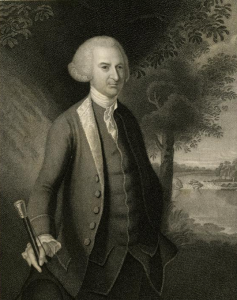
Throughout, the show calls attention to Philadelphia’s stifling heat. The song “The Egg” playfully refers to hot and humid Philadelphia acting as an incubator for the unborn majestic eagle that will ultimately represent the United States. Philadelphia figures play key roles in the suspenseful vote for independence. Within the Pennsylvania delegation, Benjamin Franklin (1706-90) favors independence while John Dickinson (1732-1808) does not, and James Wilson (1742-98) tends to follow Dickinson’s actions. After all other colonies have voted “yea,” the divided Pennsylvania delegation has the final vote. Wilson’s character, responding to Dickinson’s pressure to vote against independence, states, “If I go with them, I’ll only be one among dozens; no one will ever remember the name of James Wilson. But if I vote with you, I’ll be the man who prevented American independence. I’m sorry, John—I just didn’t bargain for that.” Wilson’s choice assures Pennsylvania’s approval and a unanimous vote in favor of independence. Dickinson is shown leaving Congress, and he did not sign. He did, however, join the Pennsylvania militia.
Breaking the Tie Vote
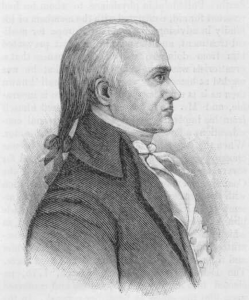
Similarly, the musical portrays Caesar Rodney (1728-84) as the tiebreaking vote in favor of independence for the Delaware delegation. After riding approximately eighty miles on horseback through a thunderstorm, Rodney arrives in Philadelphia on July 2 still wearing his muddy boots just as the vote for independence is about to take place. New Jersey also plays a role in the show as Benjamin Franklin notes the strain in his relationship with his illegitimate son, William Franklin (c. 1730-1813), a Loyalist who served as royal governor of New Jersey from 1763 to 1776.
The Broadway production of 1776, directed by Peter Hunt (1925-2002) and choreographed by Onna White (1922-2005) with musical direction by Peter Howard (1927-2008), received warm reviews. Critics found the book for the show to be well researched and written. Although they commented that musical numbers often sounded alike and acted as filler with large gaps in between, they show was a smash hit with audiences. 1776 won the Tony Award for Best Musical in 1969, and it came back to Broadway as a revival in 1997. Numerous professional, regional, community, and school theaters have produced the show nationally, including at least nine regional theater companies during the year of the Bicentennial. In Philadelphia, the Walnut Street Theatre produced the show in 1997.
The director of the 1969 Broadway production also directed the screen version, and many actors from the stage repeated their roles in the movie, including William Daniels (b. 1927) as John Adams, Howard Da Silva (1909-86) as Benjamin Franklin, and Ken Howard (1944-2016) as Thomas Jefferson. Although set in Philadelphia, filming for the movie of 1776 took place in California at the Columbia Ranch (later known as the Warner Brothers Ranch, or Warner Ranch) in Burbank and Sunset Gower Studios in Los Angeles. A fire at the Warner Ranch in the 1970s destroyed the film’s recreation of a colonial Philadelphia street and other sets. The movie cost an estimated $4 million to make and grossed $6.1 million, but it was not generally admired by critics.
Throughout 1776, Adams’ character repeats the words “Is anybody there? Does anybody care?” These words have continued to resonate and take on new meanings to viewers of all ages. Set in and around Independence Hall, 1776 has helped to sustain recognition of Philadelphia’s role in history.
Alexandra Jordan Thelin is a Ph.D. student in History and Culture at Drew University in Madison, New Jersey, and specializes in fashion history, visual culture, and art. (Author information current at time of publication.)
Copyright 2019, Rutgers University
Gallery
Backgrounders
Connecting Headlines with History
Links
- Cradle of Independence (The Philly History Blog)
- Recreating the Philadelphia of 1776 (The Philly History Blog)
- Short Shrift for the Long Room at Independence Hall (The Philly History Blog)
- Is Independence Hall Tower in Sync with History? (The Philly History Blog)
- July 14, 1948: Convention Hall’s Most Historic Moment (The Philly History Blog)
- 1776 (Broadway Musical Home)
- 1776 (Turner Classic Movies)
- Declaration (Graff) House (VisitPhilly.com)
- The Declaration of Independence (ExplorePAhistory.com)
- The Graff House : The Declaration House: Where Liberty was Framed (PhilaPlace: Historical Society of Pennsylvania)
